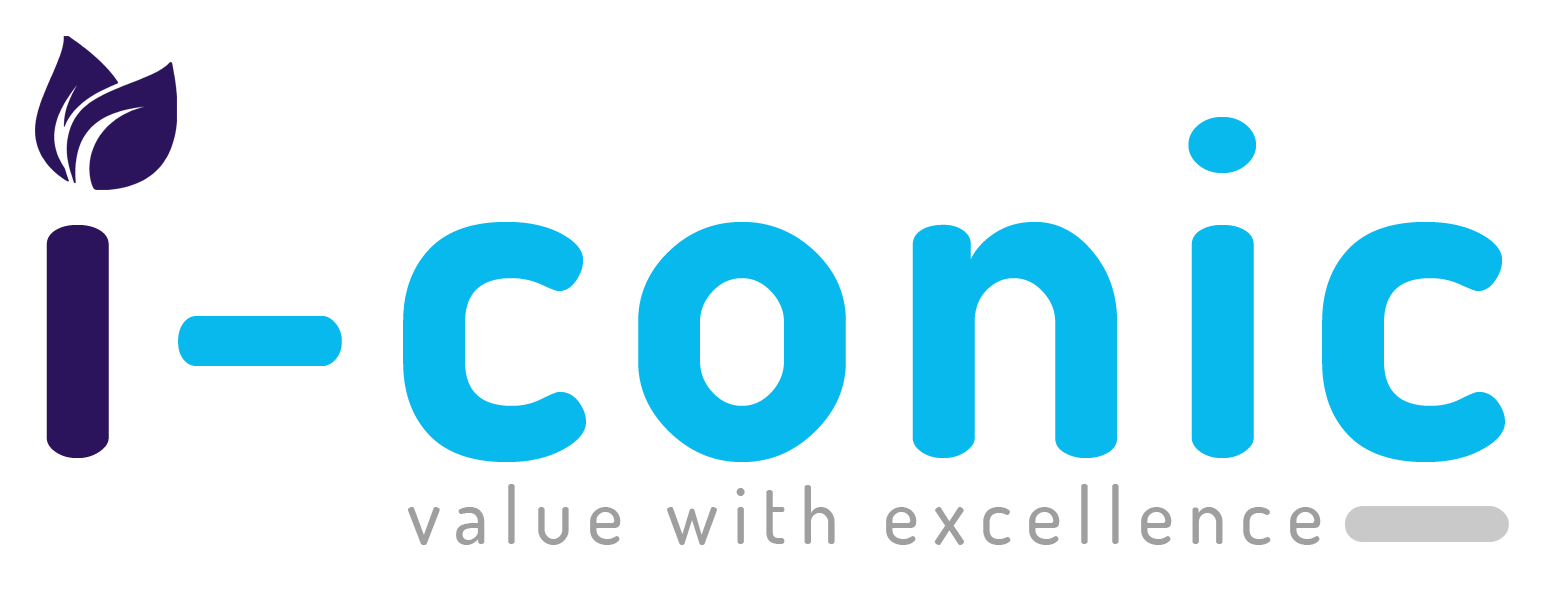Effective wound care billing services are the backbone of a financially stable practice. The inherent complexity of coding and documenting wound procedures, however, makes it a prime target for claim denials. Denied claims interrupt cash flow and waste valuable staff time, directly impacting your wound care reimbursement. To maximize your profitability, you must proactively identify and eliminate the specific errors that plague wound care claims.
1. The Root of Most Wound Care Reimbursement Denials
The single greatest threat to revenue integrity is incomplete or vague clinical documentation. Without precise notes, it is impossible to meet the medical-necessity requirements of payers, regardless of how accurate your codes are.
Wound Care Billing Guidelines
Payer wound care billing guidelines require meticulous documentation to justify the services rendered. A claim will be instantly denied if the payer cannot definitively determine why the procedure was necessary, so your notes must clearly address the patient’s condition, treatment progression, and the lack of alternative success.
- Initial Assessment: Document the wound’s etiology, duration, and patient comorbidities (e.g., diabetes, poor circulation).
- Progress Notes: Show measurable signs of healing or lack thereof, justifying the continuation of active treatment.
- Failed Treatments: Note any conventional treatments that were trialed and failed before escalation to advanced or surgical procedures.
Documenting Specifics for ICD-10 for Wound Care
Accurate ICD-10 for wound care coding relies entirely on the specificity found in the clinical notes. A vague diagnosis code will lead to rejection. Clinicians must document the exact details:
- Location and Laterality: E.g., pressure ulcer on the left heel.
- Type and Stage: E.g., Stage III pressure ulcer, arterial ulcer, or traumatic laceration.
- Tissue Description: The presence, type, and amount of necrotic, devitalized, or healthy tissue being addressed.
2. Mastering Wound Care CPT Codes and ICD-10 Specificity
The diverse range of wound treatments—from simple dressing changes to complex surgical debridement—requires expert-level coding knowledge. Misapplying CPT and ICD-10 codes is a frequent error that leads to the rejection of wound care medical billing claims.
Deep Dive into Debridement: ICD-10 Code Wound Debridement and Surgical Wounds
Debridement codes are highly scrutinized and must align with the depth and method documented. A common error is “upcoding” a non-excisional debridement (CPT 97597, 97598) as a surgical one (CPT 11042-11047).
- Surgical Debridement (11042-11047): Must document removal of tissue to a specific depth (subcutaneous, muscle, or bone) and is billed by depth and surface area.
- Failure to document the deepest tissue level removed is a common reason for underpayment when using codes like ICD-10 code wound debridement.
- Non-Surgical Debridement (97597, 97598): Billed by surface area ($\text{cm}^2$) and typically involves removal of necrotic tissue using less aggressive methods. Documentation must clearly show removal of non-viable tissue, not just wound cleansing.
Handling Complications: Surgical Wound Non-Healing ICD-10 and T81 Codes
When a procedure goes awry or a patient develops a complication, standard practice codes are insufficient.
- Use specific ICD-10 T81 codes to identify complications of procedures, not just the original diagnosis. For instance, code T81.31 might be used to specify a surgical wound breakdown.
- The code surgical wound non-healing ICD-10 (often T81.89XA) must be supported by documentation that details the failure of the surgical site to heal normally.
Ensuring Correct Use with Wound Care CPT Codes
The complexity of wound care CPT codes often necessitates the use of modifiers (like -59 for a distinct procedure or anatomical modifiers -LT/-RT). Incorrect modifier application causes automatic denials.
- Modifier -59 (Distinct Procedural Service): Used when multiple procedures are performed on the same day. Must be supported by documentation that clearly shows the procedures were performed in different sites or different sessions.
3. Avoiding Errors in Specialized Coding Wound Care Procedures
Precision is the most valuable commodity in coding wound care. Using the wrong code series or missing essential companion codes drastically impacts wound care billing services revenue.
Correct Coding for Repair: ICD-10 Laceration Repair vs. Debridement
It’s crucial to differentiate between wound repair and debridement. Often, services are incorrectly bundled or unbundled.
- Wound Repair (CPT 12001-13160 series): Billed based on wound length and complexity (simple, intermediate, or complex).
- ICD 10 Laceration repair: The underlying diagnosis for the laceration (e.g., S31.8) must justify the procedure. Do not bill for a simple wound closure if it was performed in conjunction with a deeper surgical debridement unless the documentation explicitly supports it.
Supplies and Procedures: CPT Code for Wound Packing and G-Codes
Services that are inherent to a primary procedure are generally non-reimbursable as separate line items.
- CPT code for wound packing: This is often considered an integral part of the overall wound care management service (like CPT 97597/97598) and is typically not separately reimbursable.
- Wound Dressings and Supplies: These are billed using specific HCPCS Level II codes (often referred to as wound codes), which must adhere to the payer’s coverage policies for quantity and type.
Specific Diagnosis Codes: What to use for ICD-10 Wound Infections and Ulcers
Specificity is vital for the diagnosis, as the payer needs to know what caused the need for wound care.
- ICD 10 Wound Infection: Use codes like T81.4 (for post-procedural infection) or L08.9 (for localized infection) in conjunction with the primary wound code. Never rely on the infection code alone.
- Non-Healing Wound ICD-10: Codes like I87.2 (Chronic venous hypertension with ulcer) or L97 (Non-pressure chronic ulcer) must be used with the highest level of specificity to demonstrate the chronicity and necessity of ongoing care.
- ICD Code Wound Care: The appropriate ICD code for wound care is the diagnosis code that supports the CPT procedure. For example, if you are performing a debridement, the diagnosis must be for a wound containing non-viable tissue.
4. Administrative & RCM Failure: The Power of UB-04 Software RCM Solutions
Even with perfect coding, administrative errors—especially in institutional settings—can derail a claim. This is where advanced RCM systems become indispensable for wound care billing services.
Front-End Prevention: Patient Eligibility and Prior Authorization
The financial process begins before the patient even receives care.
- Eligibility Check: Always verify the patient’s insurance coverage, copayments, and deductibles before the procedure.
- Prior Authorization: Many advanced wound procedures, especially complex debridement or skin grafts, require pre-approval. Failure to obtain a necessary prior authorization is a hard denial that is difficult to appeal.
Data Integrity: Leveraging UB-04 Software Revenue Cycle Management Tools
For facility-based wound care (e.g., outpatient hospital departments, skilled nursing facilities), the UB-04 claim form is mandatory. Mistakes here are common due to the complexity of institutional billing fields.
-
- UB-04 Software Revenue Cycle Management tools are designed to streamline this process, flagging errors in revenue codes, provider numbers, and Type of Bill codes (FL 4).
- I-Conic Solutions specializes in RCM optimization, utilizing advanced, compliant UB-04 software RCM solutions and expert auditing to ensure facilities avoid these administrative pitfalls. We turn complex billing challenges into streamlined revenue streams, allowing your wound center to focus on patient recovery, not paperwork.
Read this case study for wound care: i-conicsolutions.com/wound-care-icd-10/.
Timely Submission: The Critical Role of Wound Care Medical Billing Follow-Up
Every payer has a timely filing limit (e.g., 90 to 365 days). Missing this deadline is an absolute denial.
- Implement daily claim submission and rigorous tracking to ensure all wound care medical billing claims are filed well within the payer’s window.
Conclusion
Mastering wound care billing services requires a triple-layer strategy: impeccable clinical documentation, rigorous coding compliance (especially with specialized wound codes and modifier rules), and robust administrative technology. By treating your claims process as a critical operational element and focusing on the specific errors outlined above, your practice can significantly reduce denials, accelerate wound care reimbursement, and ultimately ensure the sustained financial health of your specialized service line. I-Conic Solutions provides this specialized expertise, giving providers the assurance that their vital wound care services are compensated fully and on time.






